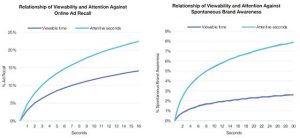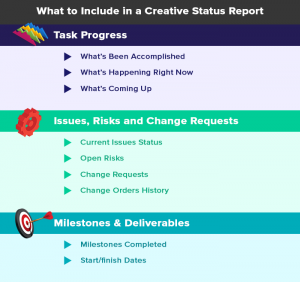One of the big takeaways we learned while compiling the ecommerce benchmark data for the Q4 2015 Ecommerce Quarterly report: New visitors are half as likely as returning visitors to add an item to their cart. And it’s not just an average across channels—it’s nearly universal for all kinds of devices and referral channels.
Which should make this segment one of key interest for marketers. If you can your boost add-to-cart rate for new visitors, you could improve your overall ecommerce business by a pretty big margin.
In Q4 2015:
- Returning visitors added an item to their cart 15% of the time (average)
- New visitors added an item to their cart roughly 8% of the time (average)
- New visitors on mobile phones add items in about 4% of sessions (versus 10% of sessions for returning)
- New visitors from social networks only add items 4% of the time (versus 9% for returning)
And once new visitors add something to their cart, they actually convert on those sessions at a higher rate than even returning customers. That’s huge. So let’s take a look how you can optimize the ecommerce shopping experience for this super-important segment.
Examples of campaigns to boost add-to-cart rates for new visitors
1. For Graham & Brown, a high-end wallpaper company, 70% of their traffic is from new visitors.
To optimize traffic for the new and returning visitor segment, Graham & Brown tested a greeting message to reduce a new visitor’s perceived risk of buying wallpaper online. The message, served through a lightbox, highlighted the company’s free delivery and free return policies. In other words, “don’t worry if you don’t like it.”
The change had a positive impact across the board, including a 7.1% increase in add-to-cart rates and a 14.5% increase in new visitors conversions. Read more in the EQ4 2015 report.
2. A lifestyle apparel brand reengaged “dormant” shoppers on the final two days leading up to the Christmas shipping deadline by serving them lightboxes with free shipping codes.
The brand used the Monetate time-on-site counter to measure each customer’s length of stay and triggered the lightbox at a specific time. The result was a 68% add-to-cart rate. Read more from the EQ4 2014 report.
3. A women’s apparel company used a tiered promotional strategy on its product detail pages to offer discounts to certain shoppers.
Run across multiple campaigns, the approach allowed the retailer to exclude offers from certain shoppers while gaining additional data on which promotional rate was most effective at converting customers. All three aspects were big wins, with an average add-to-cart rate of 27%. Read more from the EQ4 2014 report.
Where to start?
And while it’s true that add-to-cart rates are roughly the same across channels for new vs. returning visitors, each channel has its own overall averages. Take this stat from EQ3 2015:

So if you’re looking to improve add-to-cart rates for new and returning visitors, direct website visitors and email looks like your place to start.
Digital & Social Articles on Business 2 Community
(54)
Report Post




